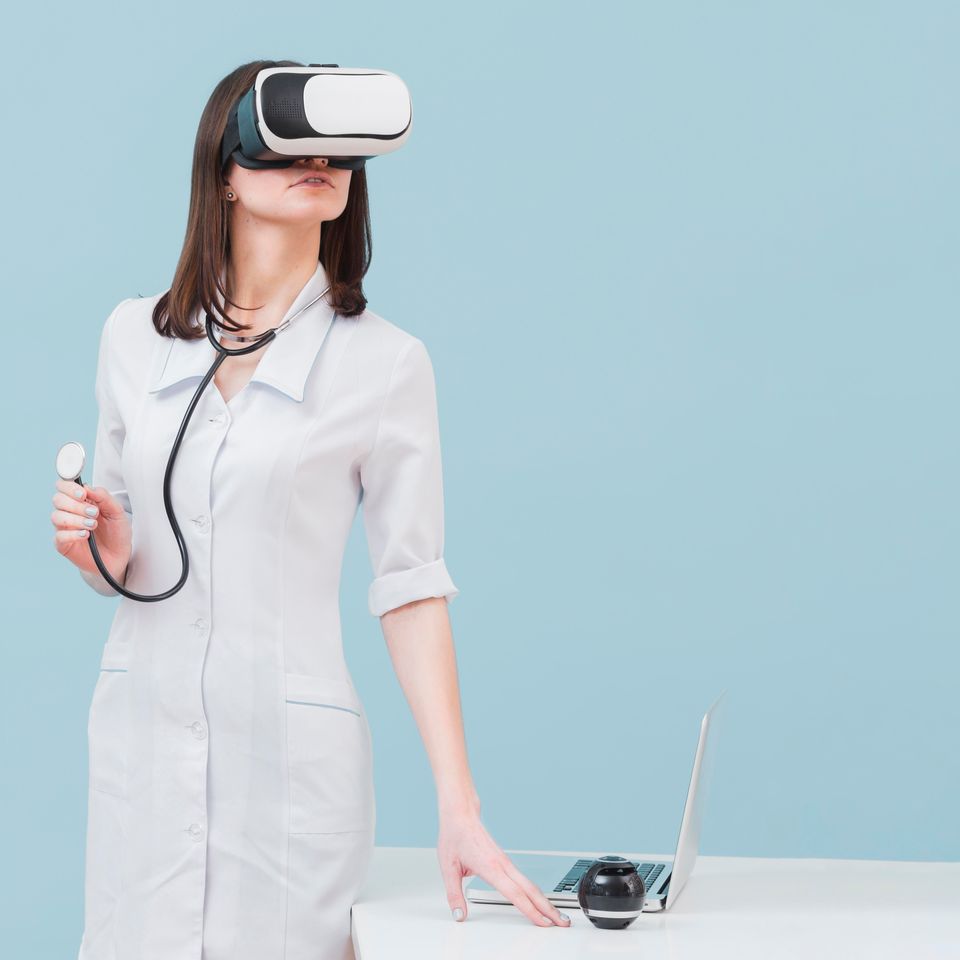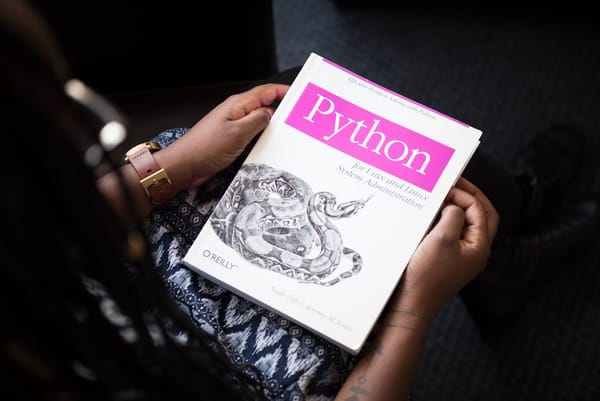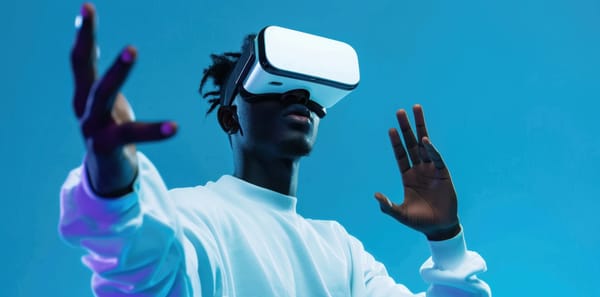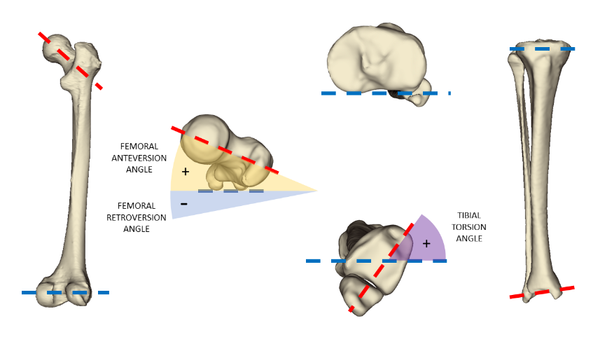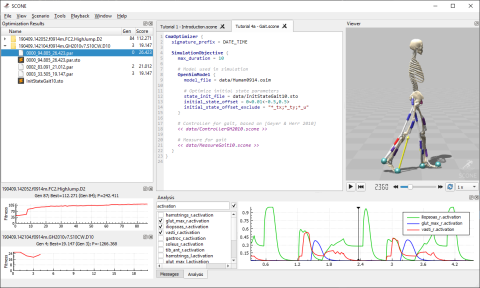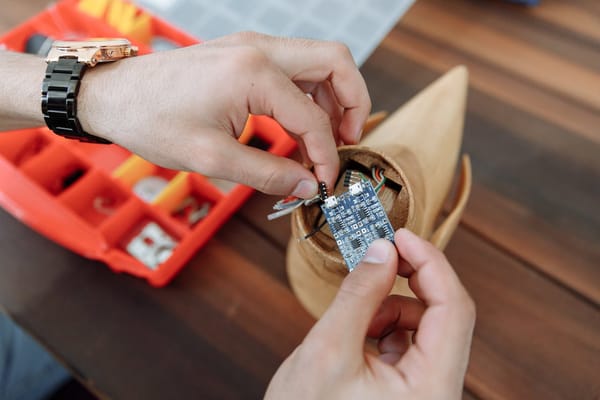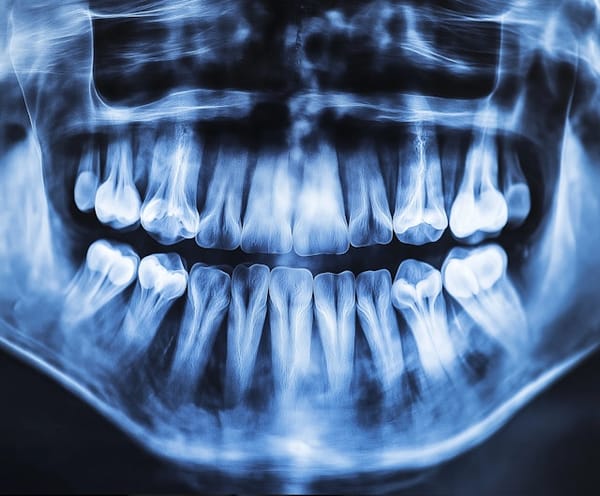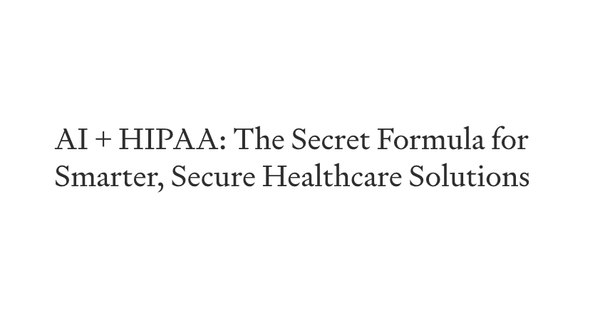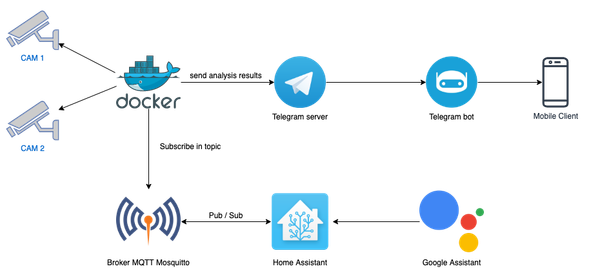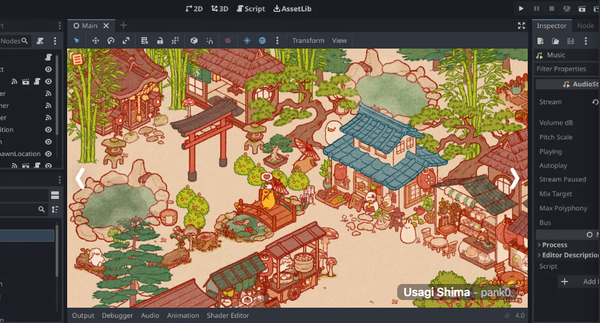Role and Types of Simulation in Medical Education
Simulation training is the core of medical education. Read about the types and benefits of simulation in our article.
Table of Content
Why Simulation Is Necessary for Medical Education
Simulations have evolved to such an extent that it’s nearly impossible to think about modern medical education without them. While learning from books and lectures are instrumental in building a foundation for one’s medical studies, simulation training offers unique and unparalleled benefits.
When the world shut down due to COVID-19, medical simulations only became more relevant since live classrooms and in-person meetings were restricted. They proved critical for medical students who had to carry on learning remotely so that they could be quickly deployed to help ease the impacts of the pandemic.
Offering controlled, standardized, and safe environments - simulation has become an essential component of medical training. Let’s take a closer look at what simulations are, their importance, and their benefits.
What Is Simulation?
Study.com defines simulation as the process of creating a model that imitates a real-world scenario to satisfy various reasons. These reasons include education, troubleshooting a problem, or preparation for an upcoming event. During simulation, models are either real or enacted.
Simulations are a good way to learn because they present students with situations that mirror real-life conditions. This gives them a controlled environment where they can apply their skills and knowledge without real-world consequences.
Simulation is important in many industries, including military defense, engineering, education, and healthcare. In many industries, the cost of mistakes is too high. For example, in engineering, a recall of equipment could cripple companies. In the medical field, a mistake could mean loss of life. Simulation exists so people can make mistakes on models and adjust processes and components until they can come up with nearly perfect outcomes.
Evolution of Simulation in the Medical Field
Simulation in the medical field became popular and essential during the pandemic, but the practice has been around for centuries. Archeologists uncovered clay and stone models that are believed to have been used to demonstrate or simulate medical treatment.
By the 1700s, the first modern simulation was created in Paris, France by father and son Gregoire and Gregoire. The pair created a task trainer to illustrate safe delivery methods for babies that would decrease infant mortality. The trainer model showcased a human pelvis and a deceased baby.
In medical education, modern simulation is credited to Dr. Peter Safar in the 1960s. Safar reportedly rediscovered mouth-to-mouth resuscitation and was responsible for the creation of a doll with a realistic human torso that began to be used in resuscitation training. The doll then evolved into Resusci Annie, a dummy doll that has a mechanism for CPR.
The evolution of medical simulations in the 1980s and 1990s was astronomical. One of the developments came from anesthesiology with the Comprehensive Anesthesia Simulation Environment or CASE. The tool includes a computerized waveform generator to monitor the anesthesia environment.
But the real gem from CASE was the discovery that simulation can be used in education and training. Simulations then became vital because they allowed trainees to focus on the application of their knowledge and skills.
New Simulation Technologies
In the modern age, there are three main technologies used in modern medical education.
Virtual Reality (VR)
Ethical issues are often raised when people practice on live patients — and even on corpses — for medical advancement. VR is a game changer since medical professionals, trainers, and students learn and experience sensory participation through technology instead.
With clinical simulation, for example, medical students feel like they are in the actual environment where the medical procedure is happening. In anesthesiology, students and medical trainees can undergo safe sedation training using VR.
Here are three ways in which VR training is used in medical education:
1- Virtual Conference Room
Virtual conference rooms allow students to learn theories and case studies about safe sedation and other medical lessons. Students learn at their own pace, which helps with information processing and retention.
2- Virtual Simulation Center
Through virtual simulation, medical students can practice sedating different types of “patients.” One of the major lessons is how to apply the right type of anesthesia for different patients in varied scenarios.
4- Virtual Sedation Suite
With virtual sedation suites, trainees learn how to deal with patient responses to sedation. Virtual sedation suites provide a cost-effective and scalable solution for training a large number of healthcare professionals.
Traditional training methods often require expensive equipment, access to patients, and supervision from experienced practitioners. Virtual simulations remove these barriers, enabling trainees to access training anytime and anywhere, minimizing costs and logistical constraints.
Augmented Reality (AR)
AR is fairly new in medical simulation. It uses technology to create three-dimensional representations of specific medical environments.
For example, to learn how to draw blood, medical students and trainees are exposed to representations of the human anatomy and have a better visual understanding of the technique. They can also learn about specific medical cases and use AR to help them with diagnostics and treatment. Students can replay cases on their devices to better understand the situation and even discover new aspects.
Mixed Reality
Digital technology enhances medical education, but there’s nothing better than real and practical demonstrations. In mixed reality, students use a mannequin to apply their skills and technology to implement the procedure and view the results.
Core Benefits of Simulation
Since people learn from experience, medical simulation lets medical students practice what they have learned without putting patients in harm's way.
Here are other benefits of medical simulation:
1. Reduces Medical Errors
Medical students get much-needed practice on dummies and technologies before they try their hand at helping real patients. According to a study, medical simulation reduced medical errors by 26.5%. The study was completed before the emergence of medical technologies like VR and AR, which should aid in further reducing medical errors.
2. Enables the Reproduction of Rare Clinical Situations
Every now and then, the medical world is confronted with rare medical scenarios. With medical simulation, professionals and students can study these situations properly with the use of VR, AR, and mixed reality.
They can also practice medications, treatments, and medical procedures before analyzing the results on the computer. Technology and medical simulation allow them to come up with the best solutions for various medical problems, including uncommon clinical situations.
3. BuildsTrainee Confidence
A medical error could lead to a patient’s untimely death, which is a major fear of medical students. Medical simulation allows them to practice and perfect procedures and treatments before applying them in real life.
The learned skills, knowledge, and experience help them become more independent while gaining the confidence they need in medical situations.
Conclusion
Medicine is described as the field of health and healing. Over the years, the field has improved with the use of technology, not just in treatment but also in training future medical professionals.
Medical simulations have emerged as an important part of medical training since medical students gain more than just knowledge and skills; they also acquire experience that gives them the confidence to treat people with zero to minimal errors.


